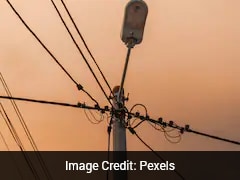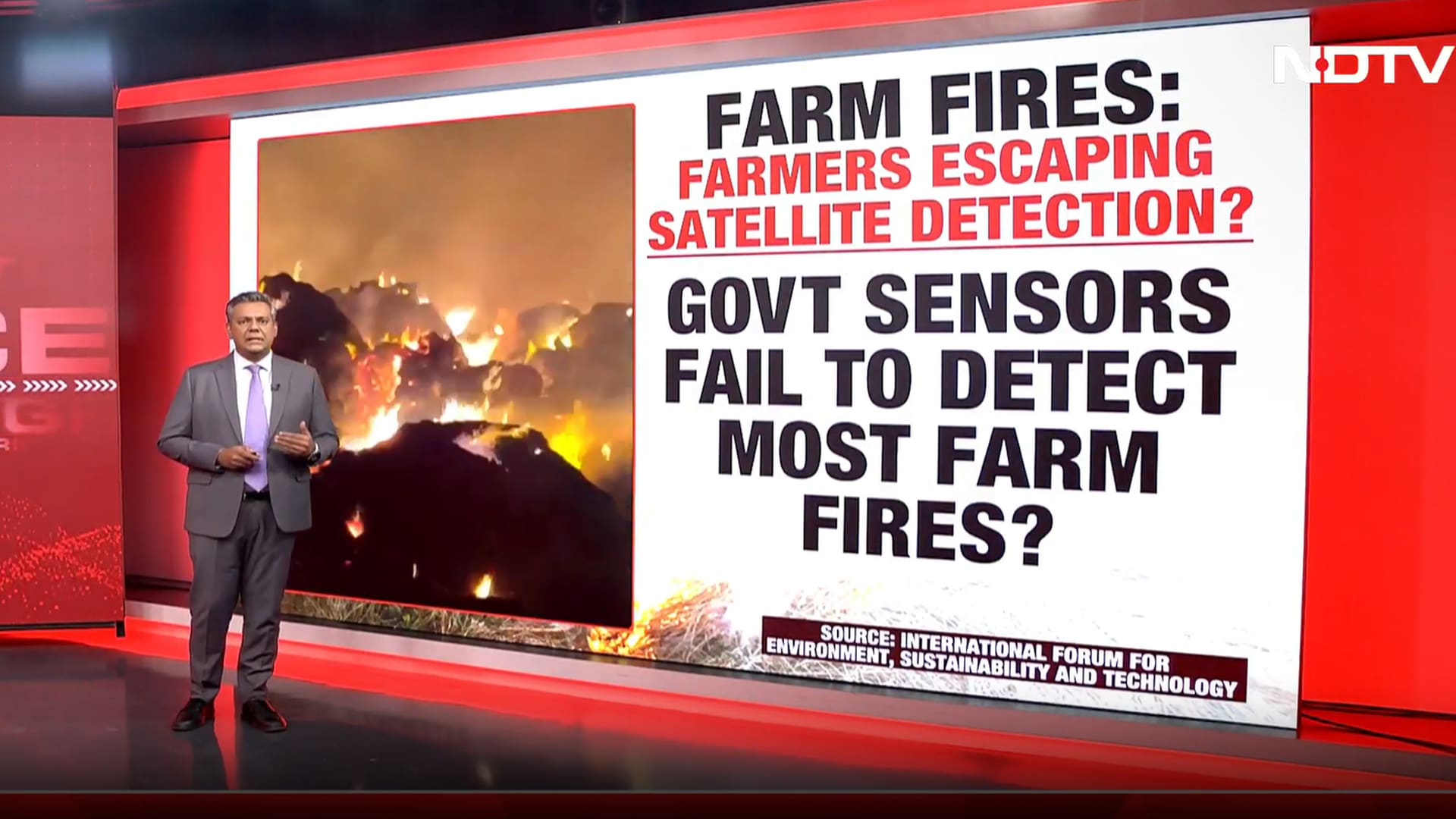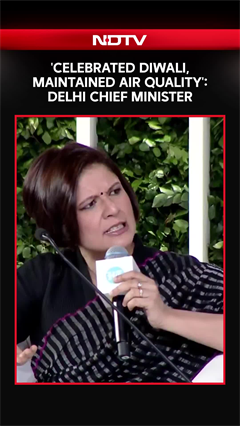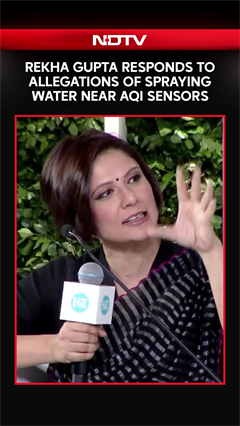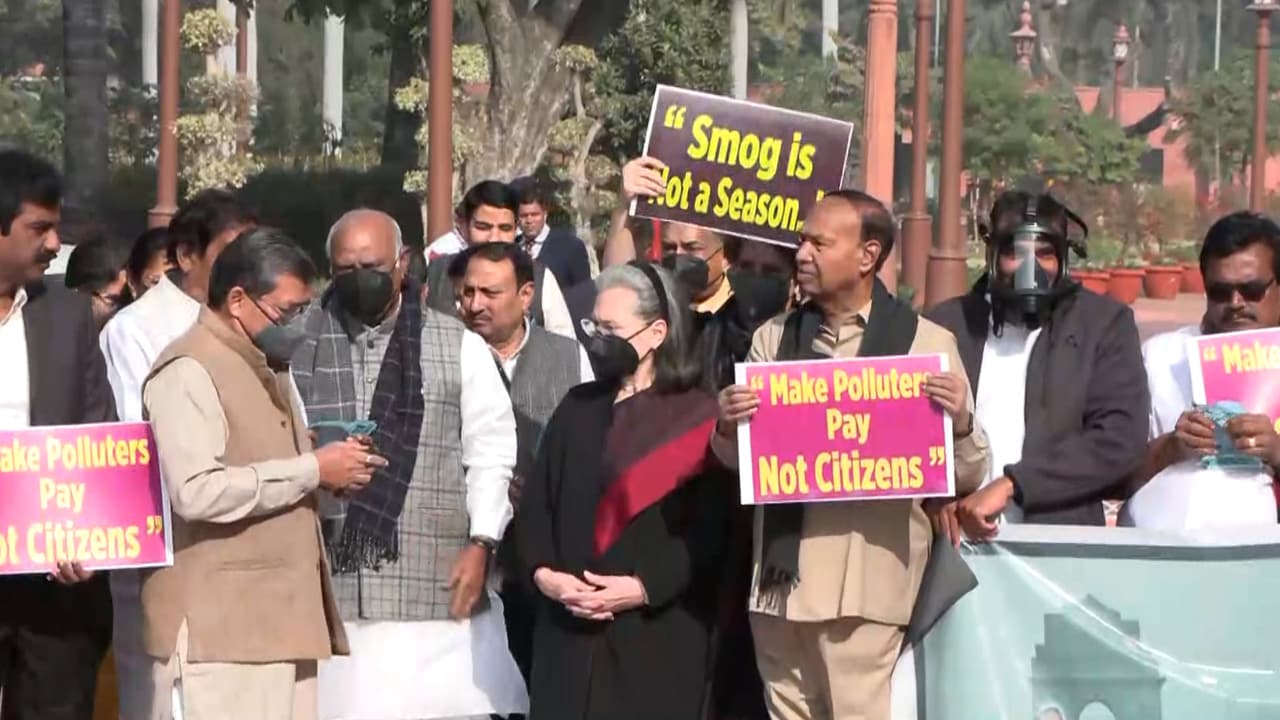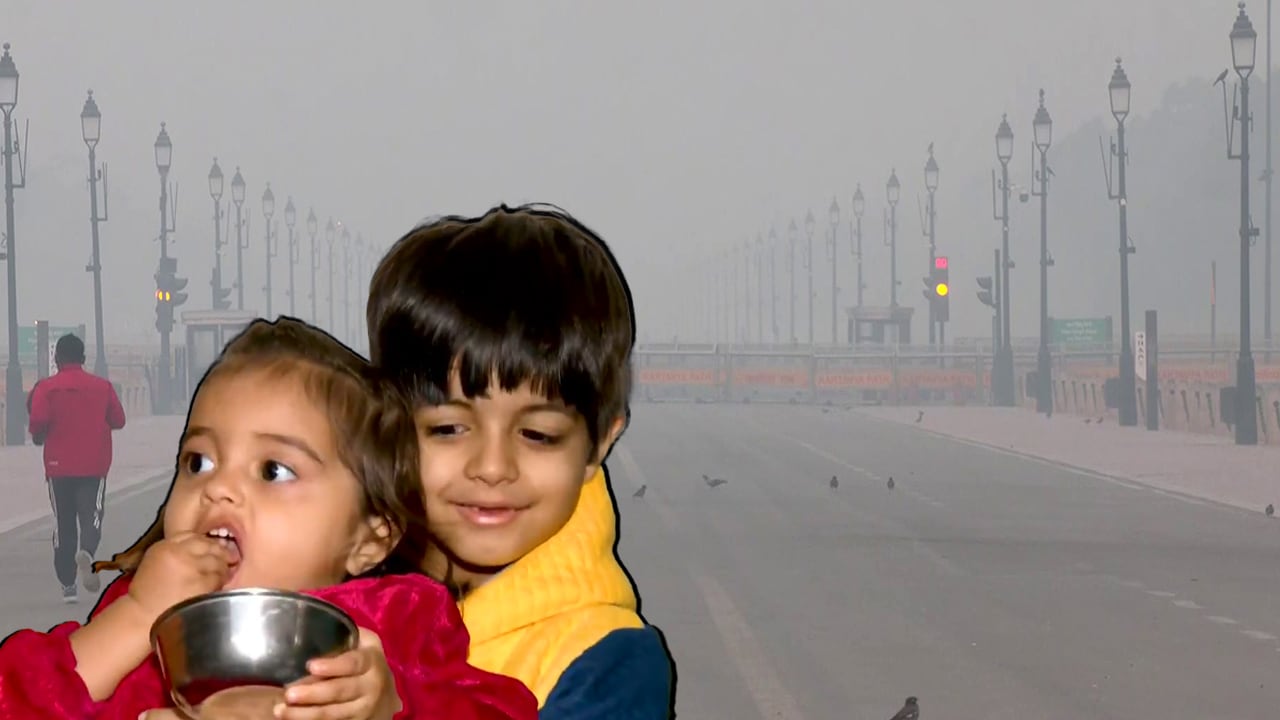- Home/
- Delhi's Pollution Crisis Worsens As Microplastics Choke The Air, Study Warns
Delhi's Pollution Crisis Worsens As Microplastics Choke The Air, Study Warns

Highlights
- Microplastics found in PM10, PM2.5 and PM1 particulate matter in Delhi's air
- Adults inhale nearly twice as many microplastic particles in summer than in winter
- PET was the most common microplastic type, making up 41 per cent of particles found
A new study conducted by Indian researchers has highlighted Delhi's worsening pollution crisis with microplastics being found in three key particulate matter categories: PM10, PM2.5 and PM1. The findings show that adults in the national capital inhale almost twice as many microplastic particles in summer as they do in winter. The average daily microplastic exposure rose from 10.7 particles in the colder months to 21.1 in the hotter season -- highlighting a 97 per cent jump.
The study, conducted by scientists from Indian Institute of Tropical Meteorology (IITM), Pune and Savitribai Phule Pune University, during the summer and winter months in Delhi found a total of 2,087 microplastics across all particulate samples.
Polyethylene terephthalate (PET), widely used in bottles, food packaging and textiles, was the most common type (41 per cent) of microplastic found, followed by polyethylene (27 per cent), polyester (18 per cent), polystyrene (9 per cent) and PVC (5 per cent).
Average concentrations were 1.87 microplastics per cubic metre for PM10, 0.51 microplastics per cubic metre for PM2.5, and 0.49 microplastics per cubic metre for PM1.
Though no safe threshold for inhaling microplastics has been established, the study warned that constant exposure to these tiny materials could lead to increased cases of bronchitis, pneumonia, lung inflammation and even cancer.
"Among the age groups, adults showed the highest intake rates, likely due to greater daily inhalation volumes and outdoor activities. However, the relative health risk could be more significant for younger children and infants, given their developing respiratory systems, higher breathing rates relative to body weight, and greater physiological vulnerability," the study highlighted.
Also Read | Ganesh Chaturthi Celebrations By Indians In Texas Divides Internet, Video Viral
Microplastic menace
Plastic production has grown from 1.5 million tonnes in the 1950s to 400.3 million tonnes in 2022. However, the increased manufacture of single-use plastics has also led to a rise in garbage found in terrestrial and aquatic habitats due to inefficient waste management.
Microplastics, the tiny pieces of plastic smaller than five millimetres, have been spotted, ranging from the Mariana Trench to Mount Everest. Such has been their infiltration in our surroundings that they are found in human brains, placentas, and even the bellies of fish deep in the ocean.
In June, a study released by France's food safety agency, ANSES, claimed that glass bottles contain more microplastics than plastic bottles. On average, the glass bottles of soft drinks, lemonade, iced tea and beer contained around 100 microplastic particles per litre, up to 50 times higher than in plastic or metal containers.
also read
Latest Stories
- Press Trust of India | Wednesday December 10, 2025 , New Delhi
Amid high pollution levels in the capital, the Delhi Pollution Control Committee (DPCC) has issued directions mandating a strict ban on the use of coal and firewood in tandoors across all hotels, restaurants and open eateries in the city.
- Press Trust of India | Monday December 08, 2025 , New Delhi
Delhi's air quality remained locked in the 'very poor' category on Monday, with the air quality index (AQI) staying above 300, while forecasts suggest that pollution levels are likely to deteriorate further.
- Reported by Ashwine Kumar Singh | Monday December 08, 2025 , New Delhi
Delhi Chief Minister Rekha Gupta's remarks about the government using mist sprayers to contain pollution at hotspots has drawn a stinging response from her predecessor Arvind Kejriwal.
- Written by Rupashi Chhabra | Monday December 08, 2025
Maintaining lung health is essential for longevity. Here are five simple steps to perform an anti-pollution lung detox for long-term well-being.
- Edited by Astitva Raj | Sunday December 07, 2025
His post clearly explains the various daily challenges he faced after moving to India from Ireland.
................................ Advertisement ................................
Latest Videos
Opinion
Blog | Well Done, Delhi. You've Turned Lung Sacrifice Into A Badge Of HonourSaikat Kumar Bose
Monday November 10, 2025Till some years back, Delhiites would ask angry questions to those in power about the capitals annual tryst with toxic air. This has changed. Those in the driving seat dont see the need to answer now.
Opinion | Why Indians Have Just Given Up On Air Pollution CrisisTanushree Ganguly
Friday December 20, 2024While some may argue that people in Delhi are now more aware of air pollution than they were a decade back, my rebuttal would be that awareness does not mean that people are concerned.
Opinion | You Must Outrage Over Filthy Air More Than Once A YearJyoti Pande Lavakare
Tuesday December 10, 2024Delhi welcomed us with monsoon rains and mangos. We were home. Fast forward a couple of years, in the winter of 2012, I found myself in denial about something other parents, mostly expats, were calling toxic air.
Opinion | Delhi's Air Pollution Situation Is Like A Bad MarriageNishtha Gautam
Friday November 22, 2024On a good day, such as today, the AQI reading in Delhi is 407. We are jubilant at the sickly sunshine trickling through the slightly dissipated smog. At least its not 1600.
दिवाली... पराली... सियासी जुगाली!Ashwini kumar
Monday November 18, 2024दिल्ली-एनसीआर में प्रदूषण का समाधान तो आज तक मिला नहीं. हर साल चिंतित होकर हम-आप सांसों की तकलीफ के साथ-साथ दिल और ब्लड प्रेशर के मरीज भी क्यों बनें?







